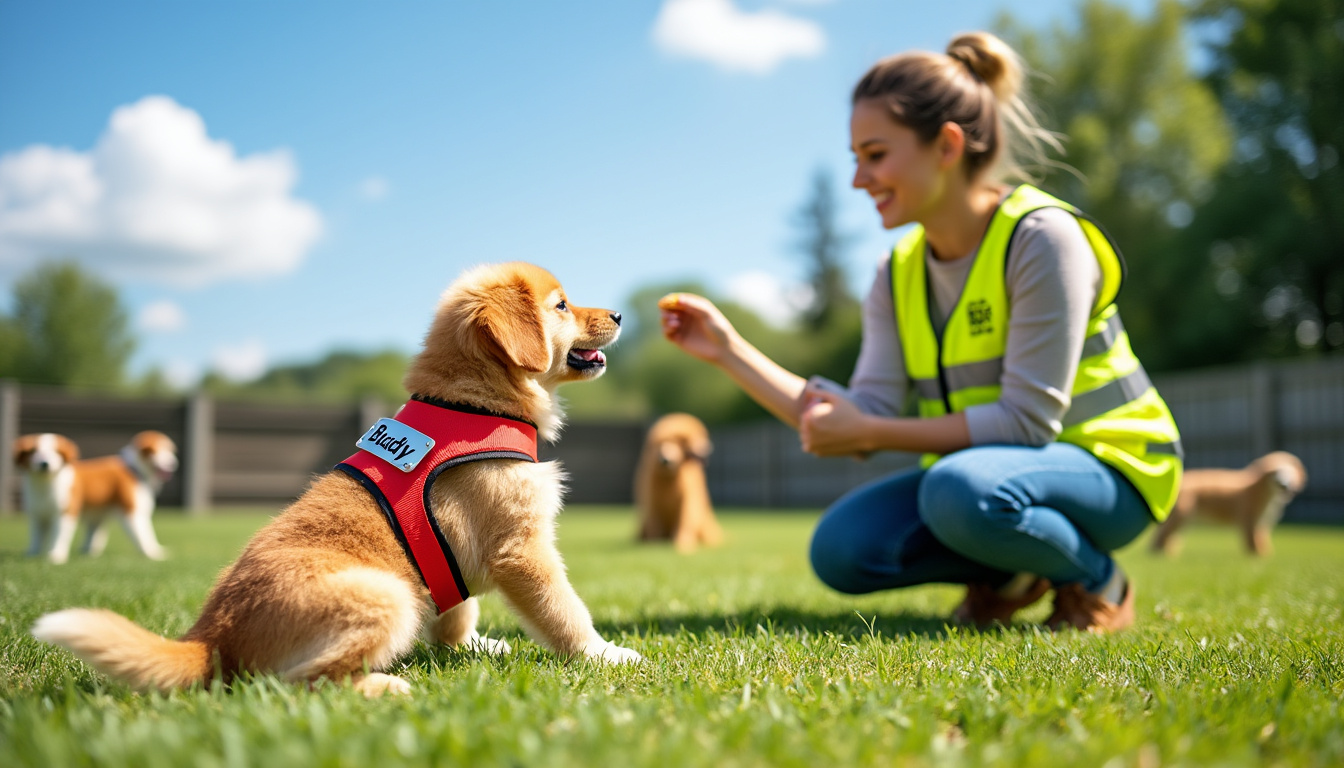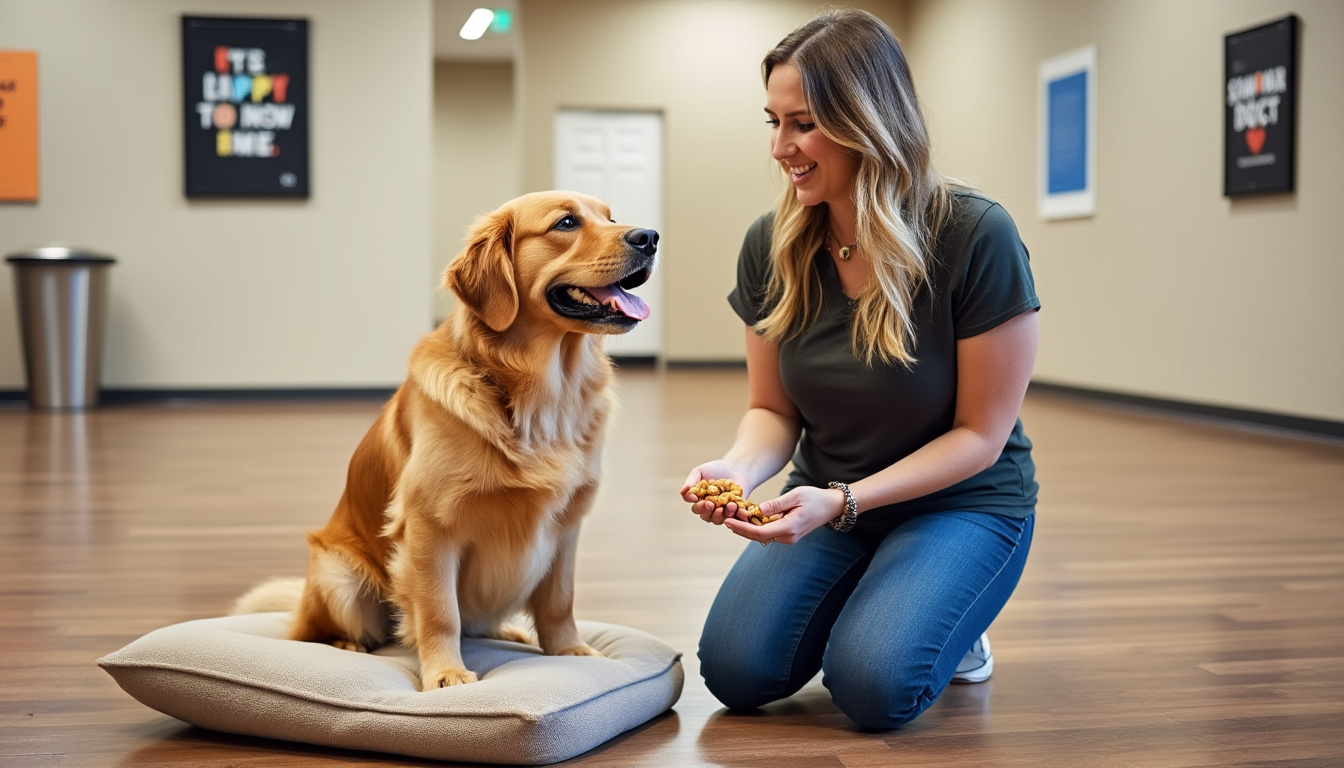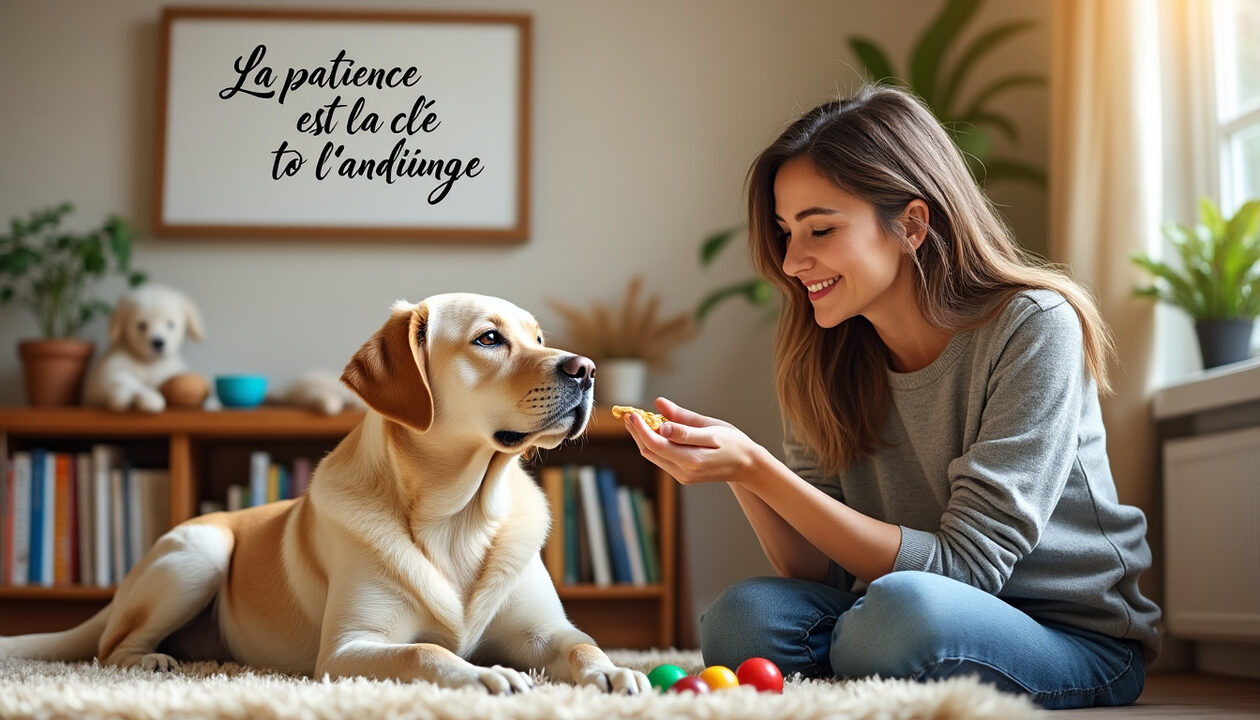Comment does dog education evolve with age ?
Understanding the evaluation of dog training according to the age of dogs is crucial for improving their behavior throughout their life. As owners, it is essential to adapt training methods according to the different stages of development of your four-legged companion. This article will take you on a journey full of ideas and practical tips on the evolution of dog training, the behaviors you can anticipate at each age, as well as relevant dog training techniques. Consistency, patience, and kindness are the pillars of good training. You will also discover resources to deepen your educational practice.
The stages of dog training according to age
When discussing dog training, it is important to note that each stage of a dog’s life requires a different approach. A dog’s development goes through several phases, each bringing its challenges and educational opportunities. Whether you have a lively young puppy or a wise veteran, it is fundamental to understand their specific needs.

Puppies and Early Training
The time for training begins as early as possible. Puppies are sponges that absorb everything around them. From two months old, it is crucial to start teaching them basic commands such as “sit,” “lie down,” and “come here.” An effective method to capture their attention is positive reinforcement, whereby you reward the puppy with treats, petting, or praise every time they successfully follow a command.
It is also vital to engage your puppy in socialization sessions, which play a key role in their future behavior. Exposing young dogs to various environments, people, and other animals helps them develop a positive attitude towards the world around them. Puppy schools are excellent resources for this. To learn more about this topic, check out our link on puppy training.
Training and Adulthood: Between Reinforcement and Adaptability
Upon reaching adulthood, dogs stabilize, and their personalities start to assert themselves. This means that their training must be adjusted to reflect these changes. Dog training techniques must evolve with the dog. At this stage, it may be necessary to reinforce certain commands or correct undesirable behaviors that developed during their puppy phase.

Adjusted Training Techniques
In adulthood, dogs benefit from structured teaching that involves more complex commands and intelligent use of the clicker. The importance of positive reinforcement remains paramount; by ensuring to use verbal praise and elements such as play for teaching, owners can establish an empathetic learning environment. This forms the basis of a healthy relationship between the owner and the dog.
It is noteworthy that adult dogs can also develop undesirable behaviors such as aggression or anxiety. Do not hesitate to consult qualified experts to analyze the reasons for these behaviors. Several resources are available online, such as managing aggression in dogs who are still practicing some minor mischief.
The Needs of Older Dogs in Education
Communicating with older dogs requires a gentle and patient approach. Older dogs may present physical limitations that must be taken into account during their training. It is important to adapt dog training techniques to match their abilities.
Adapting Training Sessions
As dogs age, their needs evolve, which means that training must also adapt. They may benefit from a slower learning pace, but their motivation can still be encouraged through positive reinforcement. Teaching your older dog to perform gentle and simple tricks can also be an excellent way to include exercise while boosting their confidence.
At this age, it is also important to pay attention to their physical health. Regular and controlled walks are essential, but keep in mind that older dogs may need frequent breaks. Resources such as a canine behavior website can help you better understand how to manage the educational sessions of your aging companion.
Analyzing Behaviors by Age
Analyzing canine behaviors over their lifetime is essential to being a responsive owner attentive to their needs. Dogs express their emotions and needs differently according to their age. To understand these behaviors, it is helpful to observe their non-verbal communication flow.
Typical Behaviors at Each Age
When discussing the evolution of dog training, it is always important to consider the typical behaviors that dogs display according to their age. Young puppies are often curious and playful, while adults are generally more focused and less distracted. Older dogs, on the other hand, may regress in certain learnings but often develop a very deep attachment to their owner. Age-related behaviors can be more stable and reassuring.
For those curious to explore the impacts of aging on canine personality, this article offers an in-depth analysis of how dogs change with age.
| Dog Age | Typical Behaviors | Recommended Techniques |
|---|---|---|
| 0 – 6 months | Curiosity, high energy | Positive reinforcement, early socialization |
| 6 months – 3 years | Assertion, testing boundaries | Structured training, interactive play |
| 3 years – 7 years | Stability, learning new tricks | Advanced commands, mental stimulation games |
| 7 years and older | Reduced energy, need for comfort | Simplified commands, adapted exercises |
Understanding the link between canine behavior and age allows for more targeted and effective training. It also helps owners adapt to the changes their companions may encounter over the years. Remember that techniques such as clicker training can be very effective at every stage, as recognized by experts like Cesar Millan. Feel free to research offers like Zooplus for useful advice and products in your educational journey.
Before concluding your reading on how training evolves with age, remember that each dog is a unique individual with needs that are their own. By carefully responding to their learning needs, you can build a strong relationship filled with love and mutual respect.











